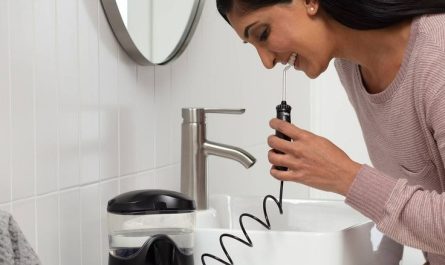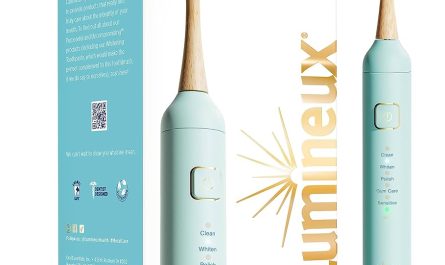Introduction to Toothbrush Choices
Good dental hygiene starts with choosing the right toothbrush. Whether electric vs normal toothbrush, each has unique benefits. Electric toothbrushes offer advanced features, while normal ones are simple and straightforward. Knowing the differences helps you make a smart health decision.
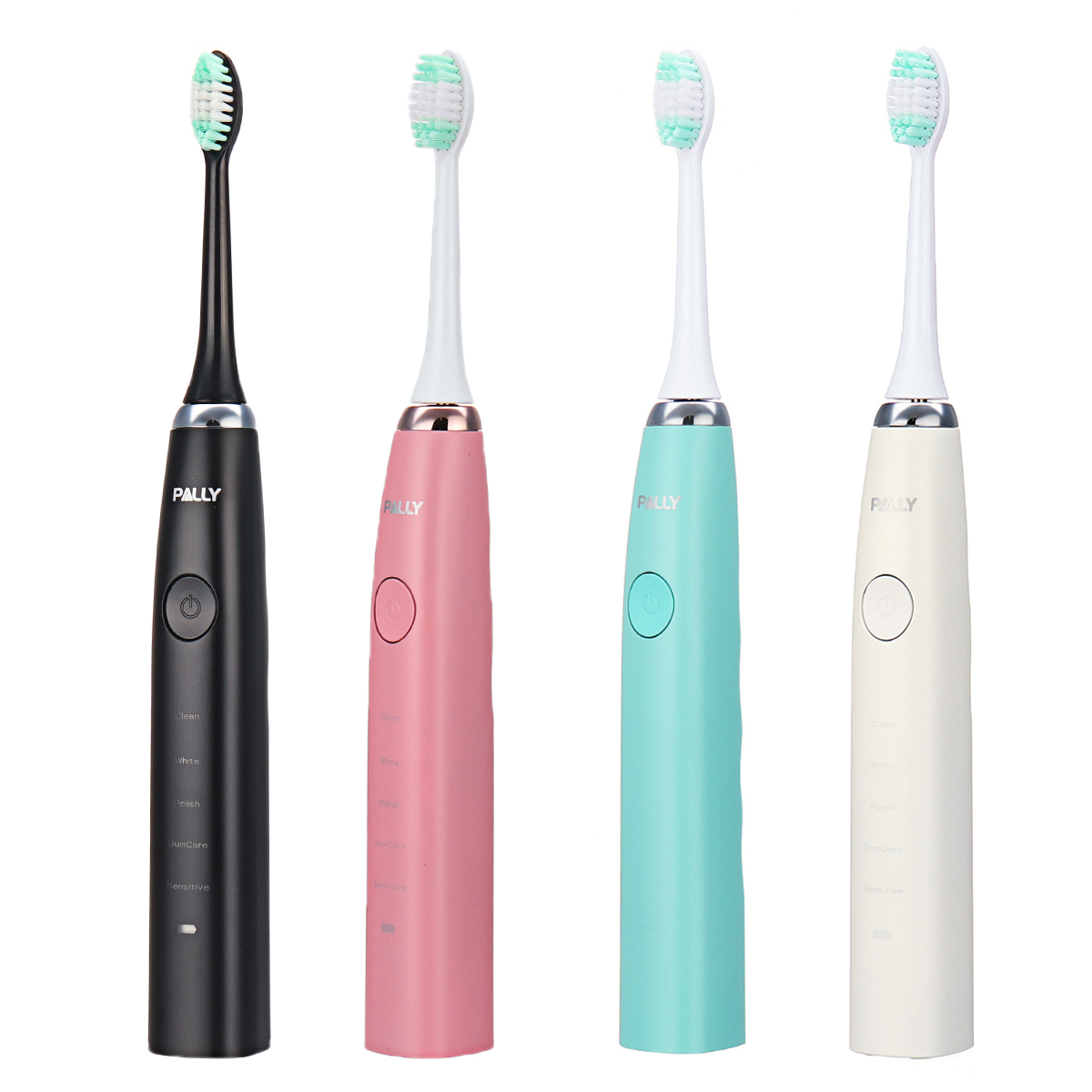
When considering an electric vs normal toothbrush, think about your lifestyle and oral health needs. Do you travel often? Do you have limited mobility or orthodontic appliances? Maybe you prefer an eco-friendly approach? Both types of toothbrushes can improve oral health but suit different preferences.
In the coming sections, we’ll explore the benefits and drawbacks of electric and manual toothbrushes. We’ll also discuss which toothbrush might be better for various user groups. By the end of this, you’ll have a clearer understanding of which option best suits your oral hygiene routine.
Electric Toothbrush: Benefits and Advancements
Choosing the right toothbrush can significantly impact your oral hygiene routine. An electric toothbrush offers various benefits and advanced features that may appeal to different users.
Effectiveness in Plaque Removal
Studies have shown that electric toothbrushes tend to be more effective at removing plaque. Their oscillating or vibrating bristles can reach deep between teeth and along the gum line. This helps reduce the risk of gingivitis and decay.
Features Designed for Limited Mobility Users
Electric toothbrushes are a boon for people with mobility issues. For those with arthritis, developmental disabilities, or carpal tunnel, these brushes do much of the work. This eases the strain on hands and wrists during brushing.
Built-in Timers and Replacement Heads
Most electric toothbrushes come with built-in timers to ensure adequate brushing time. When the bristles wear out, you often only need to replace the head, not the entire brush. This feature can be less wasteful compared to manual brushes.
Impact on Orthodontic Patients
For those with braces, electric toothbrushes are particularly helpful. They make daily cleaning simpler and can lead to better oral health outcomes for orthodontic patients.
Children’s Engagement and Oral Health
An electric toothbrush might be more engaging for children, encouraging them to brush regularly. This can set them on the path to good oral hygiene habits from an early age.
Drawbacks of Electric Toothbrushes
While electric toothbrushes offer several benefits, they come with certain drawbacks that could influence your choice.
Cost Considerations
Electric toothbrushes generally cost more than manual ones. Prices range from $15 to $250 per brush. Replacement heads, needed every few months, cost $10 to $45. This can add up over time, making electric toothbrushes a significant investment.
Replacement Head Availability and Environmental Impact
Not all stores carry replacement heads, making it inconvenient to find the right ones. Although electric toothbrushes may produce less waste overall because only the head needs replacement, the need for batteries or electricity makes them less eco-friendly than manual toothbrushes.
Seniors’ Usage and Effectiveness
Electric toothbrushes may not be the best choice for all seniors. Studies suggest they do not significantly remove more plaque than manual toothbrushes in older adults. This raises questions about their cost-effectiveness for seniors.
Advantages of Manual Toothbrushes
Accessibility and Affordability
Manual toothbrushes are widely available and cost-effective. You can find them in almost any store, such as grocery stores, pharmacies, and even gas stations. They are also inexpensive, usually ranging from $1 to $3 each, making them a budget-friendly option for maintaining dental hygiene.
Suitability for Different Ages
Manual toothbrushes come in various sizes and bristle types, making them suitable for users of all ages, from toddlers to seniors. They are easy to control, which helps in teaching proper brushing techniques to children. Additionally, they do not require batteries or electricity, making them convenient for use anytime and anywhere. This simplicity also eliminates the need for technical know-how, which can be particularly useful for older adults or those who prefer a straightforward approach to oral care.
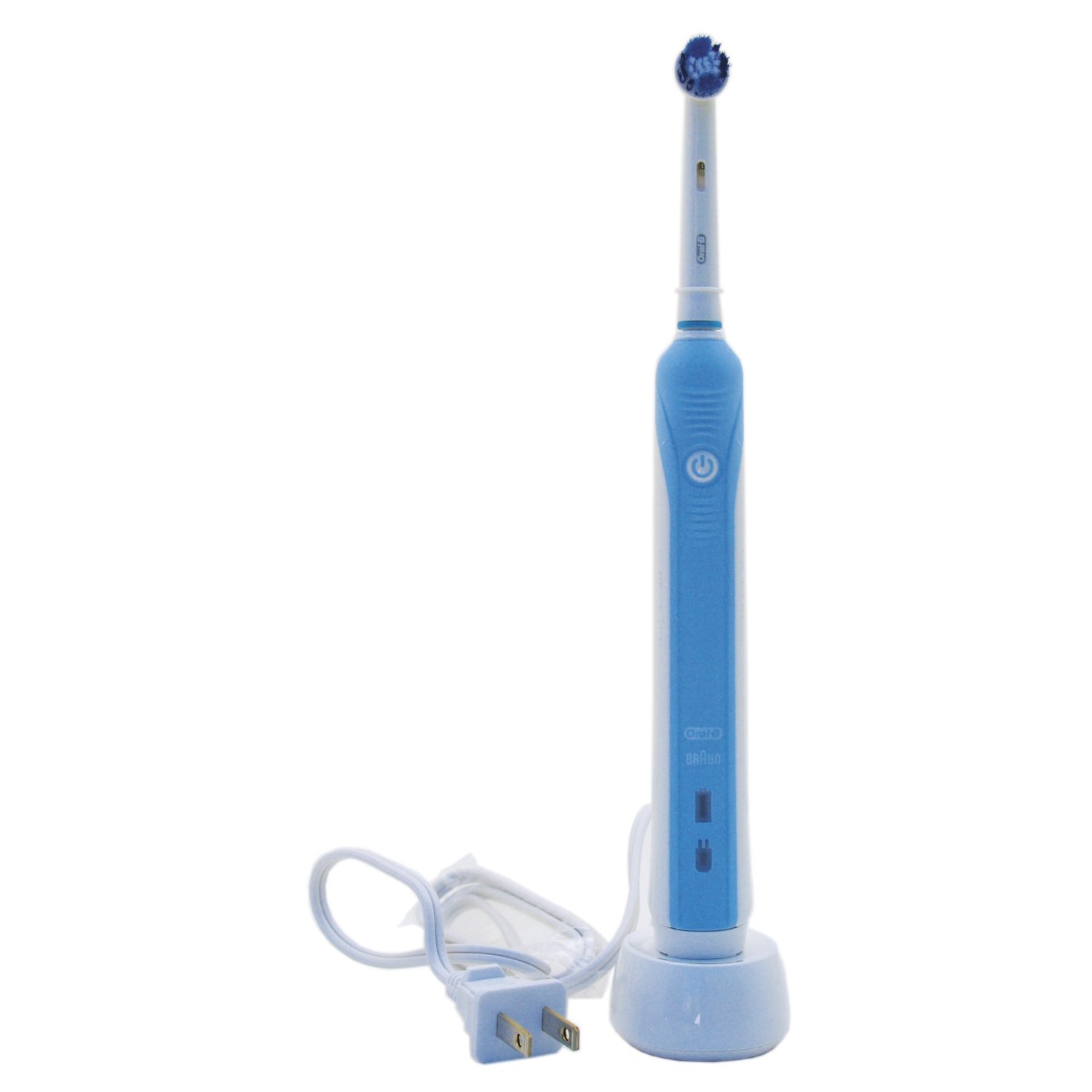 Potential Disadvantages of Manual Toothbrushes
Potential Disadvantages of Manual Toothbrushes
While manual toothbrushes are affordable and easy to find, they come with shortcomings. Understanding these can help you brush more effectively and avoid oral health issues.
Challenges in Brushing Duration and Technique
Proper brushing takes time and attention. Some find it hard to brush for the full two minutes. Manual toothbrushes lack timers that indicate when to stop. This can lead to under-brushing. Brushing technique is also key. Without the oscillating heads of electric brushes, manual ones rely more on user skill. Incorrect technique can miss plaque build-up and harm teeth health.
Overbrushing Risks
Using a manual brush can sometimes lead to brushing too hard. Excessive force can damage gums and tooth enamel. It’s tougher to notice you’re overbrushing with a manual toothbrush. Users often think the harder they brush, the cleaner their teeth will be. This is not true and can be dangerous for oral health.
Electric vs Manual: Factors to Consider for Different User Groups
Choosing between electric and normal toothbrushes is not one-size-fits-all. User needs vary greatly based on age, health, and lifestyle.
Recommendations for Children, Seniors, and Individuals with Disabilities
Electric toothbrushes are often more user-friendly for children, seniors, or those with disabilities. They reduce the effort needed for effective brushing. For children, electric toothbrushes can help establish good habits with fun designs. Seniors or individuals with arthritis or similar conditions may find the automated motions easier. However, manual brushes are also suitable if preferred and can be used effectively with the right technique.
Options for Travelers and Eco-Conscious Users
For travelers, manual toothbrushes win for convenience. They are light and don’t need charging. But, if your routine involves an electric brush, look for travel-friendly models. For the eco-conscious, a manual brush, especially one made from biodegradable materials, ticks the right boxes. Still, remember to switch out manual toothbrushes every three to four months, as recommended by dentists.
Making an Informed Decision: What to Consider Before Buying
Choosing the right toothbrush involves several factors. It’s not just about effectiveness; it’s also about fitting into your lifestyle and meeting specific needs. Below, we break down key considerations before making a purchase.
Assessing the Need for Advanced Features
Electric toothbrushes offer features like timers, pressure sensors, and various brushing modes. Consider these questions:
- Do you struggle with dental health or often miss spots while brushing?
- Could features like a built-in timer or pressure sensor help improve your brushing habits?
If you answered yes, an electric toothbrush might be worth the investment.
Balancing Practicality and Personal Preferences
Think about your daily routine and personal preferences:
- If you travel often, a manual toothbrush might be more practical.
- If you are environmentally conscious, consider a manual toothbrush made from biodegradable materials.
Choose a toothbrush that reflects your values and fits seamlessly into your life.
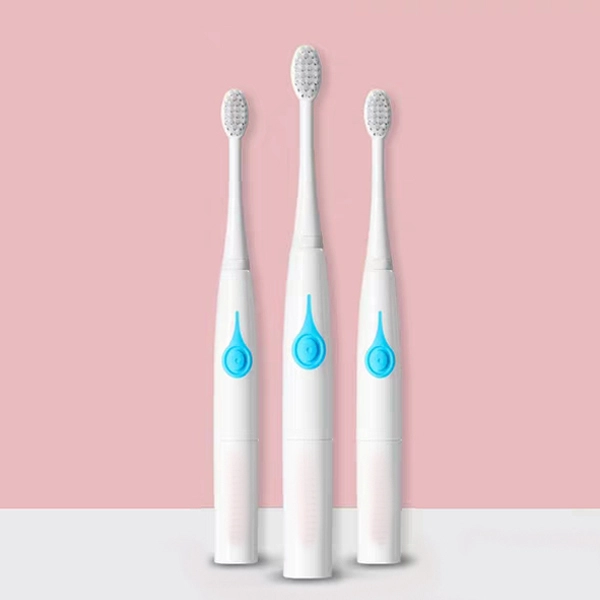 Conclusion: Personalized Dental Care for Optimal Oral Health
Conclusion: Personalized Dental Care for Optimal Oral Health
Choosing the right toothbrush is key to maintaining oral health. Whether electric or normal, the best toothbrush for you meets your personal needs and preferences. Electric toothbrushes combine advanced technology with ease of use for effective plaque removal. However, they do come with higher costs and less eco-friendly options. On the other hand, normal toothbrushes offer simplicity and affordability, with eco-friendly options available.
Think about your daily habits, health needs, and budget when choosing. Electric toothbrushes might suit those with limited mobility or who enjoy tech conveniences. Normal brushes are great for travelers and those keen on a smaller environmental footprint. For kids and those wearing braces, electric options could improve dental care habits. Seniors might prefer either, depending on their specific needs.
Remember, both electric and normal toothbrushes have their place in our daily routines. Balance the pros and cons, consider user-specific advantages, and don’t forget to replace your toothbrush as recommended. Whether you opt for an electric or normal toothbrush, regular brushing and good habits are the core of oral health. Discuss with your dentist for personalized advice, ensuring you make an informed choice for your dental care.

